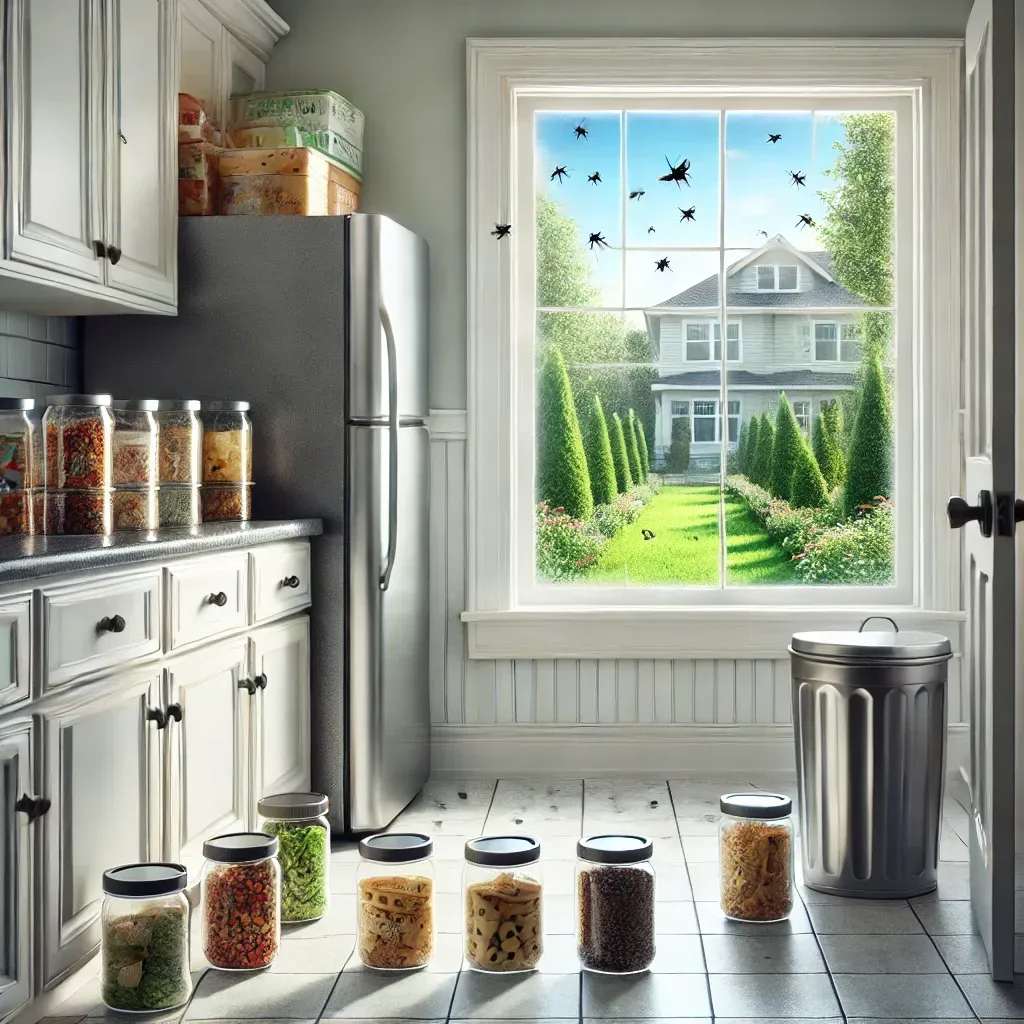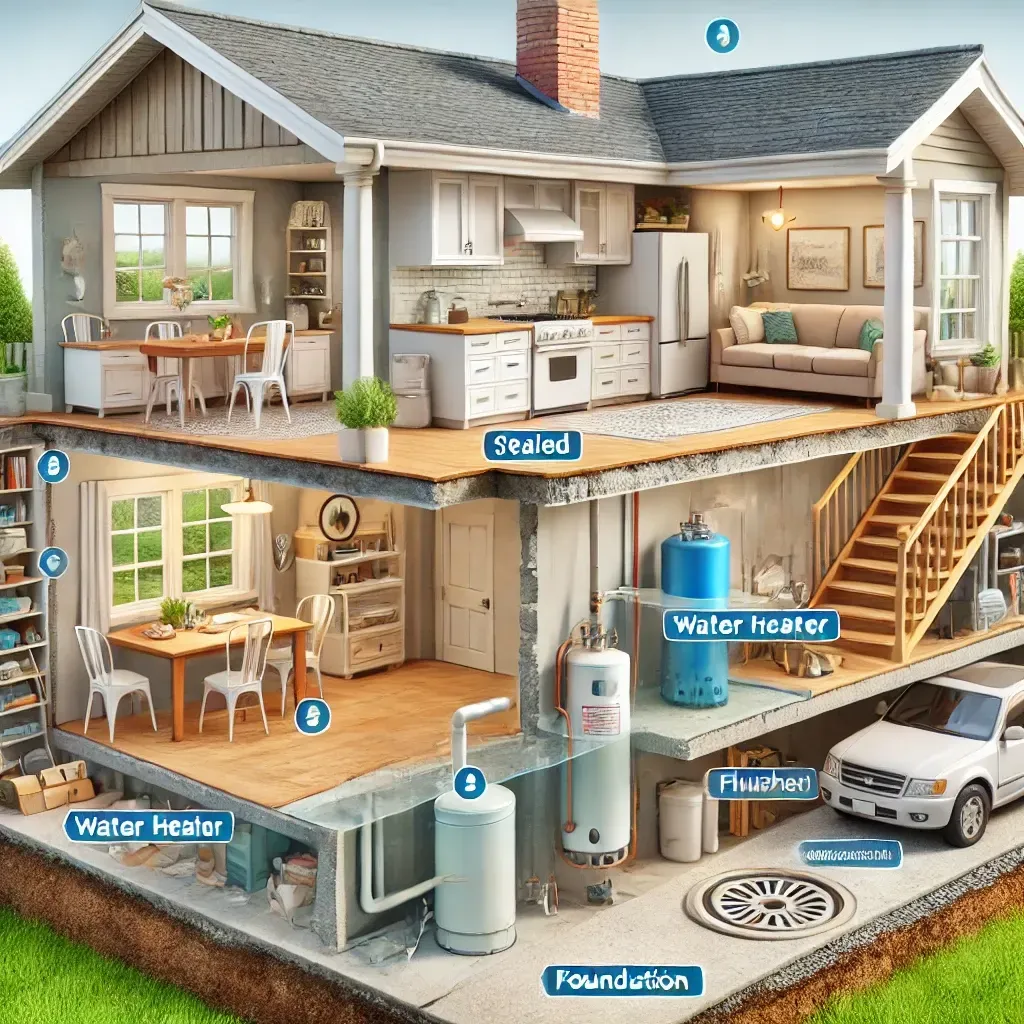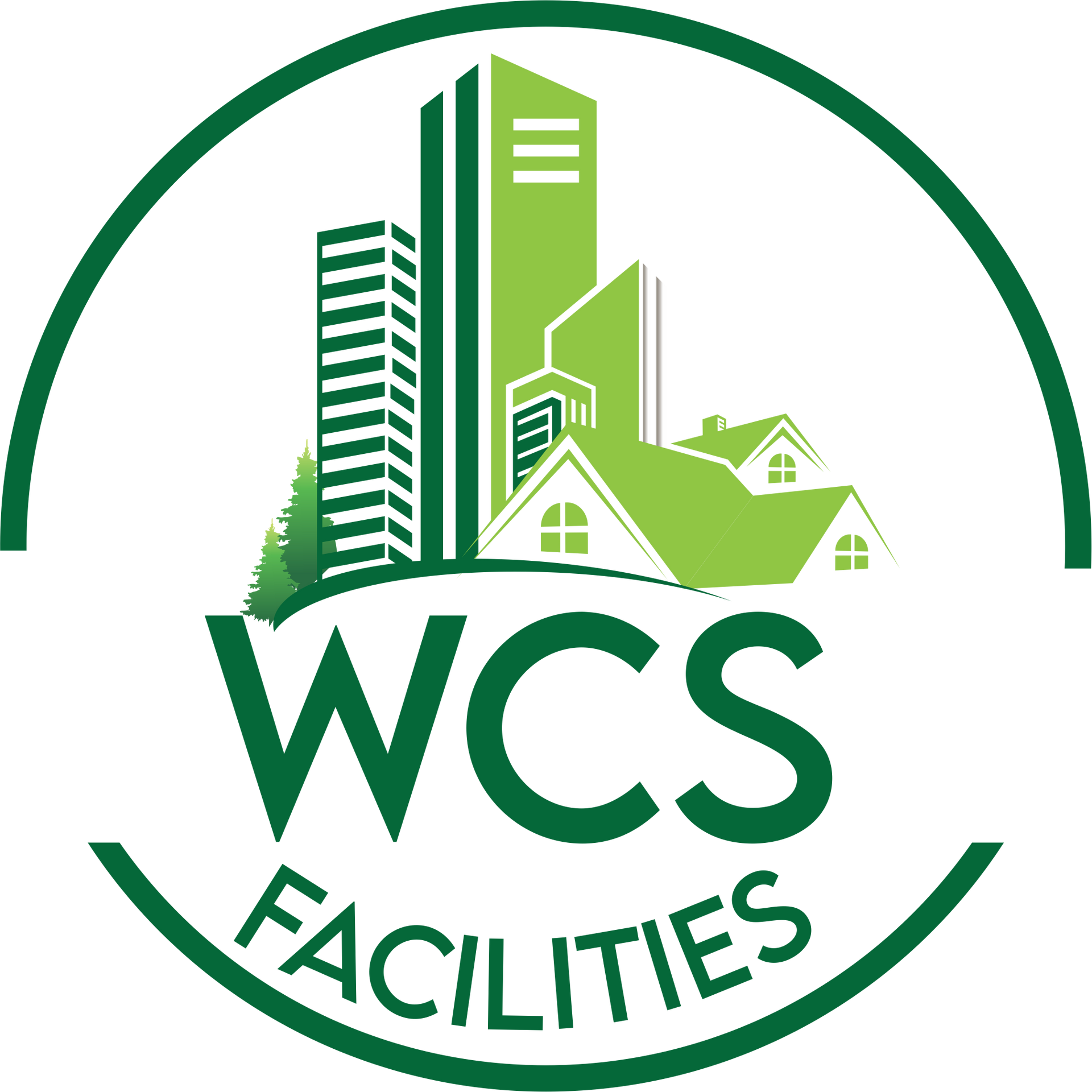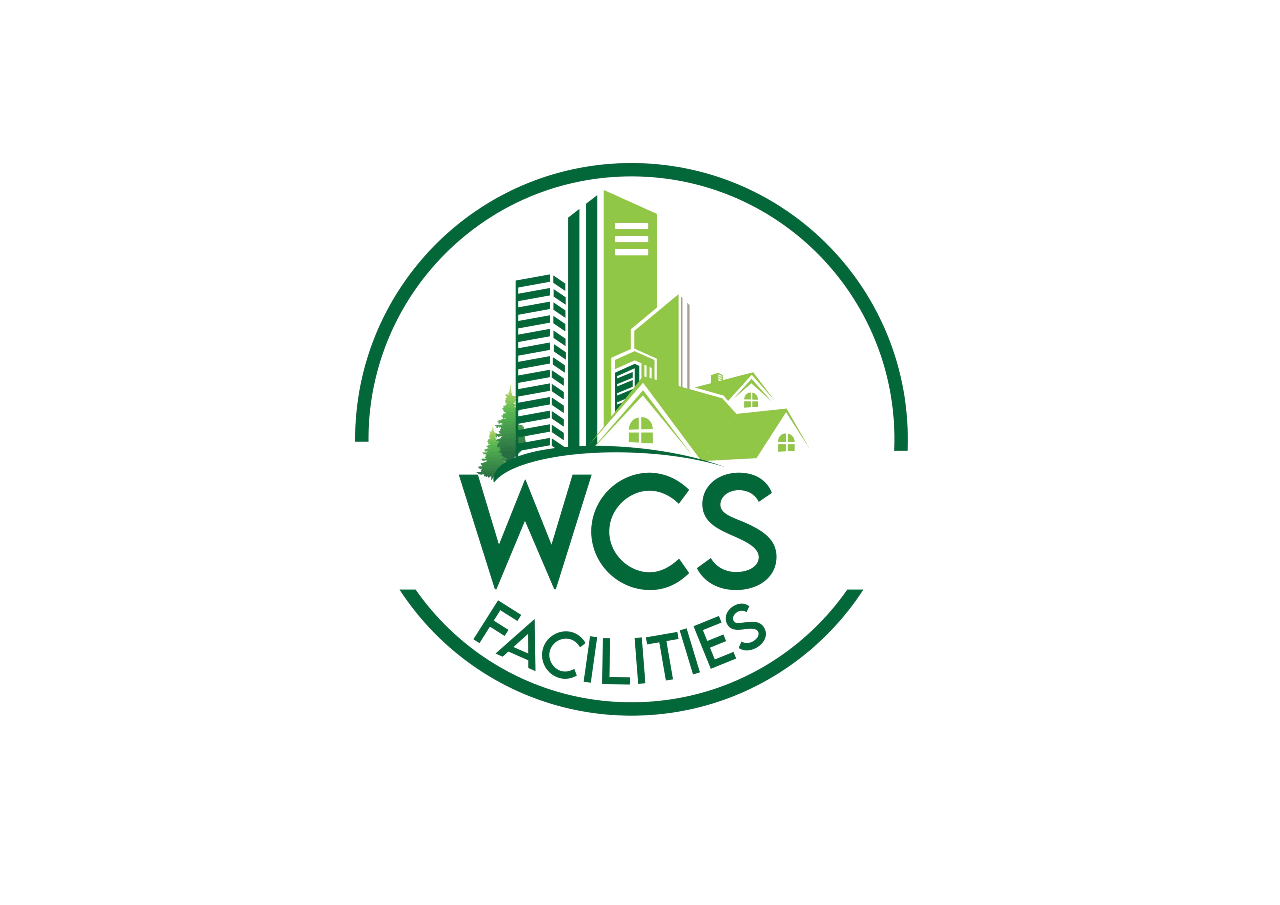Understanding Mold Remediation: Essential Steps for a Safe and Healthy Facility
At WCS Facilities, we understand that maintaining a safe and healthy environment is crucial for your business operations. One of the most common and potentially harmful issues that facilities face is mold. Mold can cause significant health problems and structural damage if not addressed promptly. This blog post will guide you through the essential steps of mold remediation to ensure your facility remains safe and operational.
What is Mold?
Mold is a type of fungus that thrives in moist, warm environments. It can grow on a variety of surfaces, including wood, drywall, and carpeting. Mold spores are microscopic and can spread easily through the air, making it difficult to control once it starts to grow.
Why is Mold a Problem?
Mold can cause a range of health issues, particularly for individuals with allergies, asthma, or compromised immune systems. Symptoms of mold exposure can include coughing, sneezing, skin irritation, and respiratory problems. Additionally, mold can cause structural damage to buildings, leading to costly repairs if not addressed promptly.
Steps in Mold Remediation
Effective mold remediation involves several critical steps to ensure the complete removal of mold and the prevention of future growth. Here’s a detailed look at the process:
1. Inspection and Assessment
The first step in mold remediation is a thorough inspection and assessment of the affected area. Professional mold remediation specialists will identify the source of moisture and the extent of the mold growth. This step is crucial for developing an effective remediation plan.
2. Containment
To prevent the spread of mold spores to unaffected areas, containment measures are put in place. This may include sealing off the contaminated area with plastic sheeting and using negative air pressure to keep spores from spreading.
3. Air Filtration
High-efficiency air filters (HEPA) are used to capture mold spores from the air. This step helps to improve air quality and reduce the risk of mold spreading to other areas of the facility.
4. Removal of Mold-Infested Materials
Any materials that cannot be effectively cleaned, such as drywall, insulation, and carpeting, must be removed and disposed of properly. This step ensures that all sources of mold are eliminated.
5. Cleaning and Disinfection
All surfaces in the affected area are thoroughly cleaned and disinfected to remove any remaining mold spores. Specialized cleaning agents and techniques are used to ensure complete removal.
6. Restoration
Once the mold has been removed, the restoration process begins. This may involve repairing or replacing damaged building materials and restoring the area to its original condition. Ensuring proper ventilation and moisture control is crucial to prevent future mold growth.
Preventing Future Mold Growth
Preventing mold growth involves addressing the underlying causes of moisture in your facility. Here are some tips to help keep your facility mold-free:
- Control Humidity Levels: Keep indoor humidity levels below 60% to inhibit mold growth. Use dehumidifiers if necessary.
- Fix Leaks Promptly: Address any leaks in roofs, windows, or pipes immediately to prevent moisture buildup.
- Ensure Proper Ventilation: Use exhaust fans in bathrooms, kitchens, and other areas prone to moisture.
- Regular Inspections: Conduct regular inspections of your facility to identify and address any potential mold issues early.
Trust WCS Facilities for Professional Mold Remediation
At WCS Facilities, we are committed to providing top-notch mold remediation services to ensure the safety and health of your facility. Our team of experts uses the latest techniques and equipment to effectively remove mold and prevent future growth. Contact us today to learn more about our mold remediation services and how we can help keep your facility safe and healthy.
By following these steps and trusting the experts at WCS Facilities, you can ensure a safe and healthy environment for everyone who enters your facility. Don’t let mold compromise the integrity and safety of your building – take action today!
You might also like




